IT Band & Running Pain
We all know running uphill can be a beating, but do you find that it hurts even more to run downhill? If you’re new to running or have recently increased your mileage, you may notice nagging pain around the outside of your knee - especially when trying to run downhill. If you felt pain this intense anywhere else on the leg, you’d consider it a severe cramp. However, its proximity to your joint has you concerned that there might be something seriously wrong. Stay calm. It’s quite possible that you’re experiencing IT band syndrome. The good news is that it’s common and treatable.

BACKGROUND
I have run multiple obstacle course races, a handful of half marathons, and a couple of full marathons. However, most of my events have been on fairly flat terrain. The few times I have tried to run considerable distance with decent elevation changes ended with me limping for miles due to sharp pain around my knee. It got so bad that I’d have to come to almost a complete stop when nearing mild descents and then slowly side-shuffle down to the next patch of flatland.
There’s nothing like watching runner after runner add insult to my injury by bombing down the same hills on which I’m waddling. I couldn’t help but think, “I guess I’m not cut out for distance/downhill running.” However, when I shared my frustration with a couple of accomplished athletes in passing, they both delivered the same revelation; “It sounds like your IT band.”
IT BAND EXPLAINED
The iliotibial (IT) band is a long, thick band of connective tissue that runs along the outside of the thigh, starting at the hip and extending down to the shin. It is an important structure in the leg that helps to support the knee joint and keep it stable.

The IT band is responsible for providing a smooth, gliding motion when the leg moves, and it helps to absorb shock as the foot hits the ground. It's kind of like a rubber band that helps to keep everything in place and moving smoothly. When the IT band is working properly, you shouldn't even be aware of it. But when it becomes tight or inflamed, it can cause pain and discomfort on the outside of the knee and thigh, especially during activities such as running, cycling, and hiking.
IT BAND SYNDROME
One common cause of IT band issues is overuse - if you're doing a lot of activities that involve a lot of repetitive leg movements, it can put extra strain on the band and cause it to become inflamed. This is known as IT band syndrome, and it can be a frustrating and painful condition. Other factors that can contribute to IT band syndrome include poor muscle imbalances, weak core muscles, and improper training techniques.
TREATMENT
Treatment for IT band syndrome typically involves a combination of stretching and strengthening exercises, foam rolling, and/or physical therapy.
Stretching
The best way to loosen the IT band and reduce inflammation is actually to stretch the surrounding muscles, including quads, hamstrings, glutes, and a small muscle located in the front of the hip known as the tensor fasciae latae or TFL. Stretching and strengthening these muscles can also help to improve stability and support the knee joint.
Here are four easy stretches that can help alleviate IT band syndrome.*
Lunge Stretch:
- Stand with your feet hip-width apart and take a large step forward with your left foot.
- Lower your body down into a lunge position, keeping your left knee directly above your left ankle and your right leg extended behind you.
- Place your hands on your hips or on the ground on either side of your left foot.
- Keeping your chest lifted and your core engaged, gently push your hips forward and feel a stretch in the front of your right thigh.
- Hold the stretch for 30 seconds to a minute, then slowly release and repeat on the other side.

Lumbar Rotation Stretch:
- Lie on your back with your right leg extended.
- Loop a strap or towel around the arch of your left foot and hold the ends of the strap in your hands.
- Move the strapped left leg to the right, across your other leg.
- Gently twist your hips to accommodate your crossed leg as much as possible while keeping your shoulders on the ground and reaching your left arm out to your side for counterbalance.
- Use the strap to gently assist the twist and deepen the stretch.
- Hold the stretch for 30 seconds to a minute, then slowly release and repeat on the other side.

Piriformis Figure 4 Stretch:
- Lie on your back with your knees bent.
- Cross your left ankle over your right thigh, just above your knee.
- Gently pull your right leg towards you to create a stretch in the buttocks.
- Try to keep your shoulders on the ground.
- Hold the stretch for 30 seconds to a minute, then slowly release and repeat on the other side.

Side-Lying Quad Stretch:
- Lie on your right side with your right leg extended and your left leg bent.
- Gently lift your left leg up and grasp your left ankle or foot with your left hand.
- Gently press your left heel towards your buttocks to feel a stretch in the front of your left thigh.
- Hold the stretch for 30 seconds to a minute, then slowly release and repeat on the other side.
Foam Rolling
Foam rolling can also be helpful in relieving tension in the IT band and improving flexibility. 
Place a foam roller on the ground and lie on your side with the foam roller under your outer thigh. Use your arms for stabilization, and gently shift your weight to roll the foam roller up and down the length of the IT band (from hip to above the knee). Be sure to keep your core engaged and avoid rolling over your joints. Repeat on the other side.
TAKE CARE OF YOURSELF
It's important to address IT band syndrome as soon as possible to prevent the condition from becoming chronic and causing long-term damage. If left untreated, IT band syndrome can lead to near constant knee pain, hip pain, and lower back pain. In severe cases, surgery may be necessary to repair the IT band. By taking the appropriate steps to treat IT band syndrome and prevent further injury, you can get back to your favorite activities and enjoy a healthy, active lifestyle.







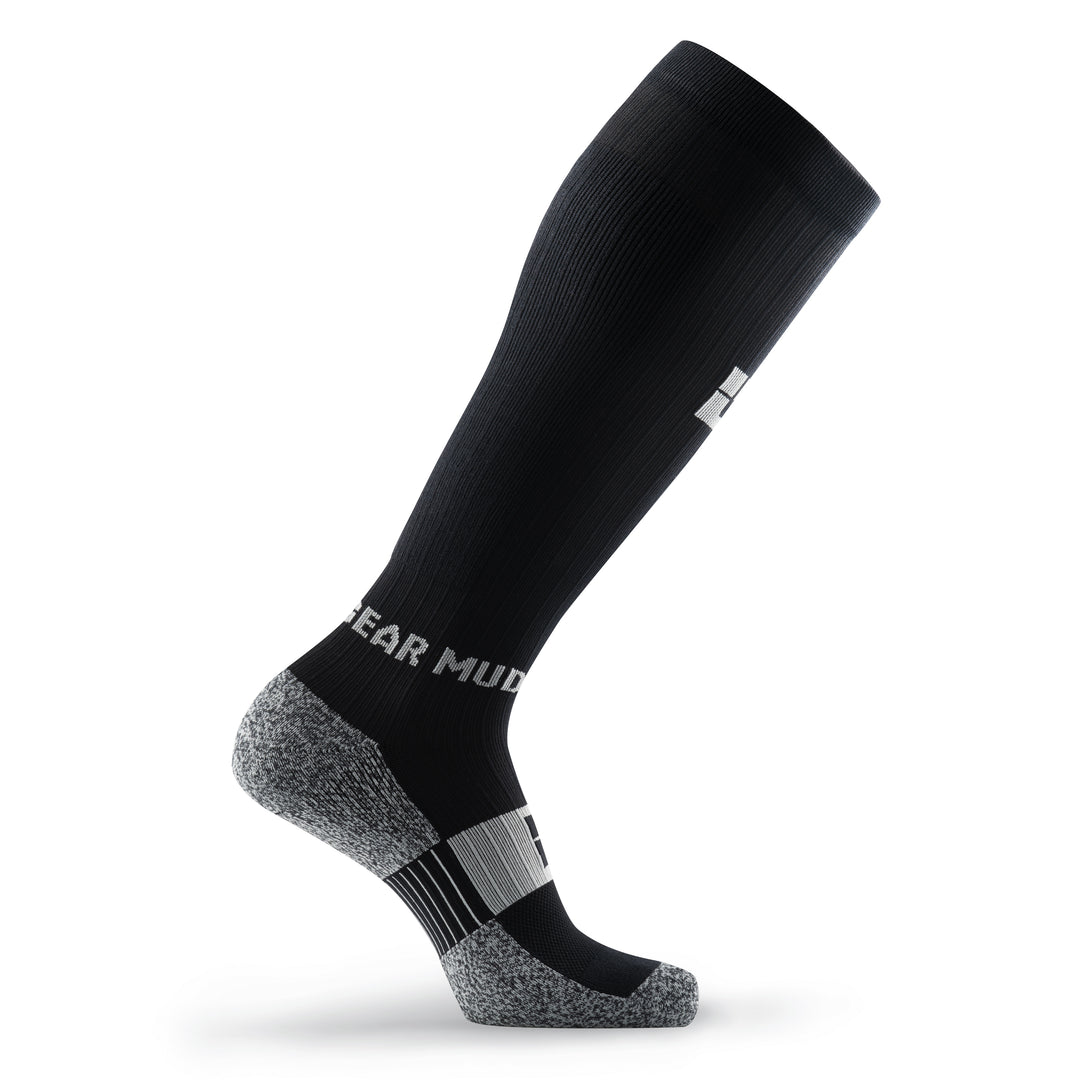
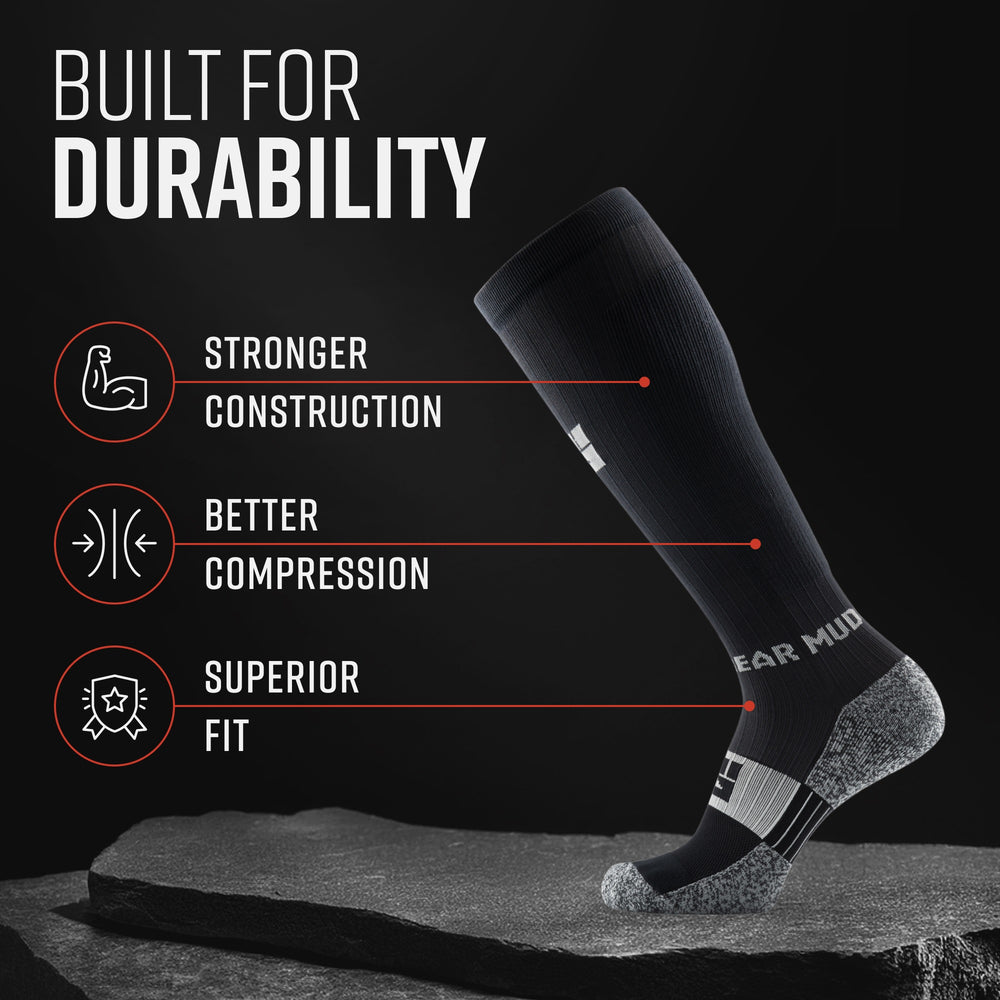
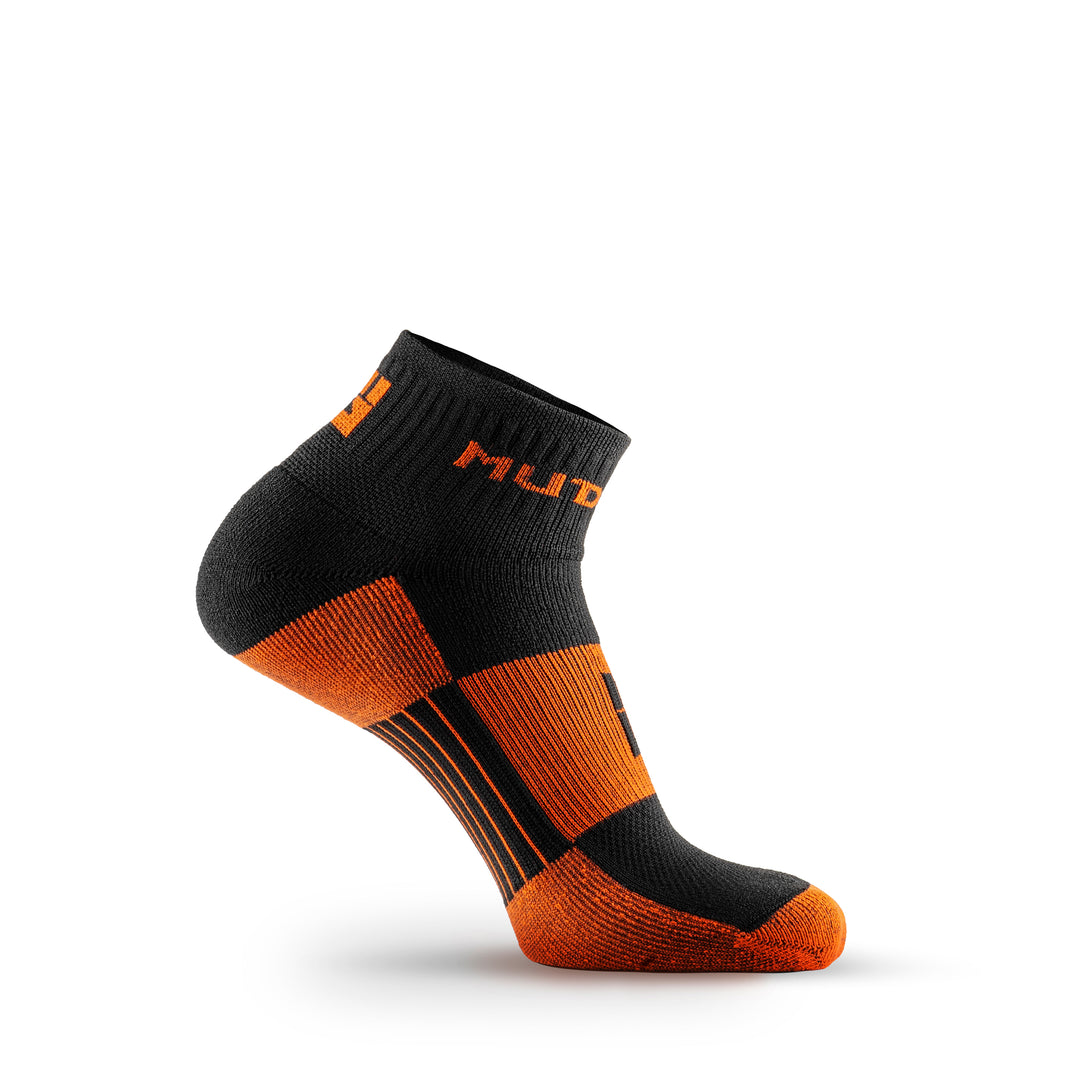
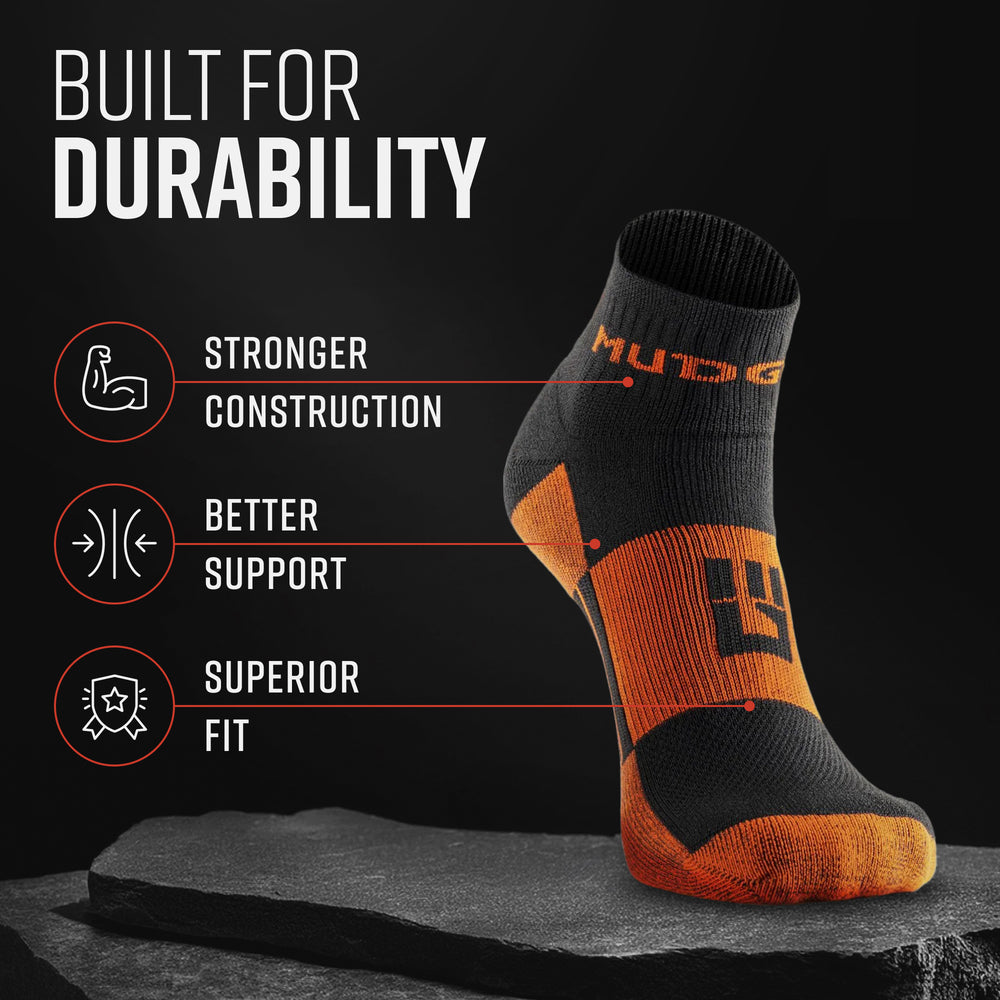


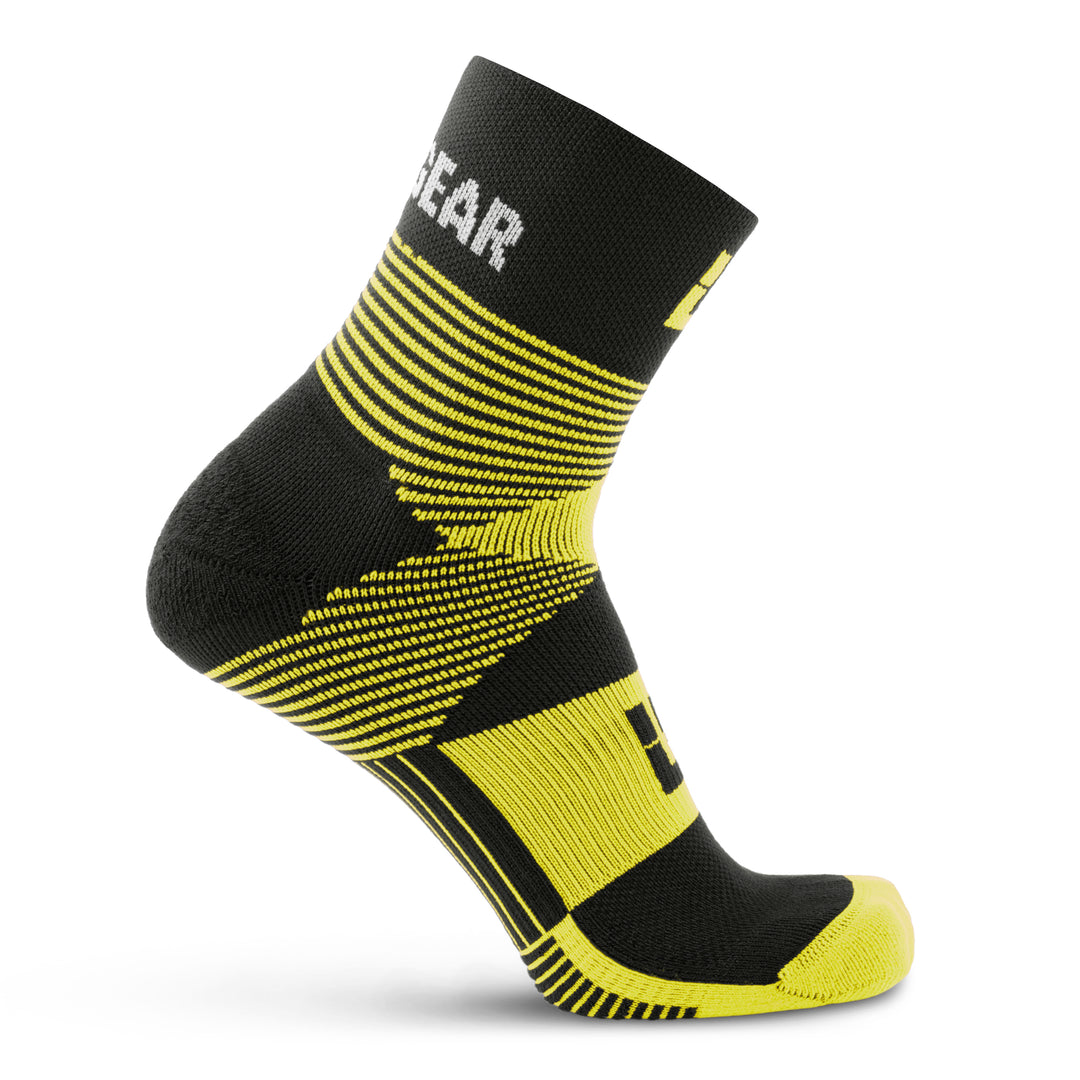
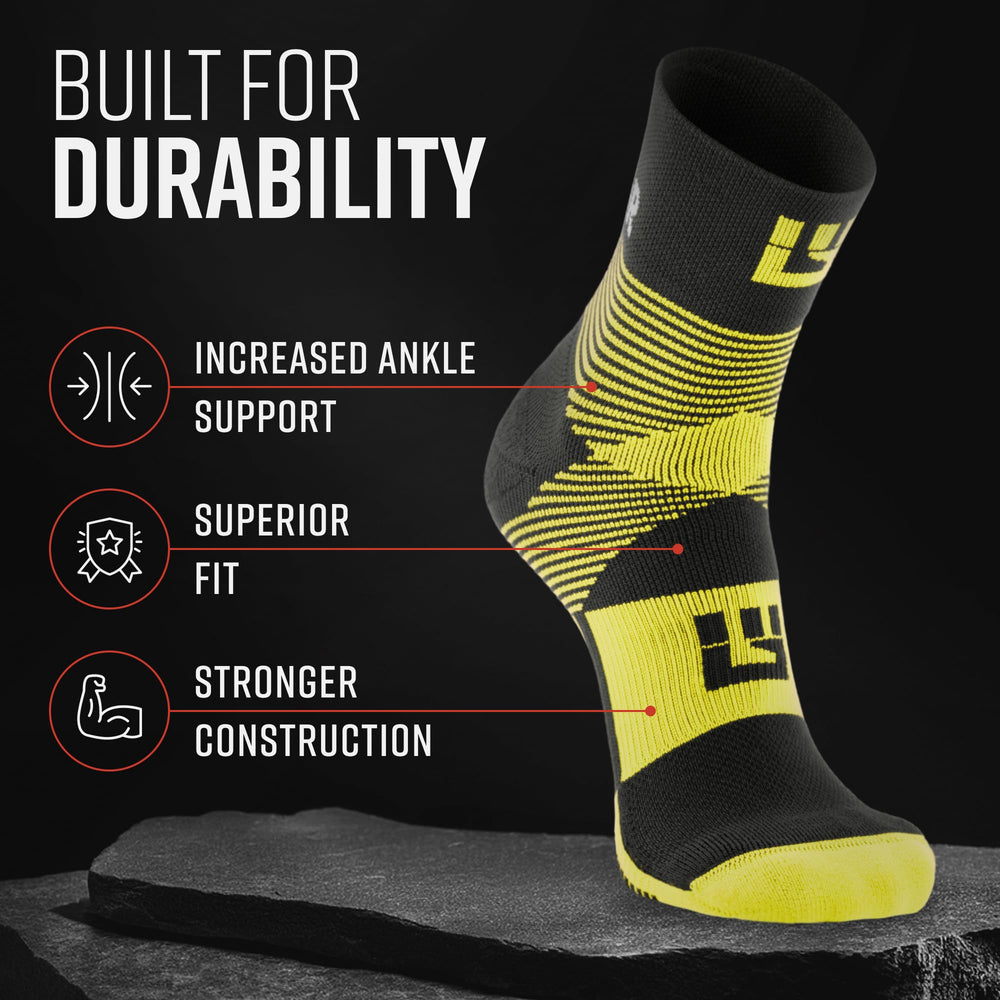

Leave a comment